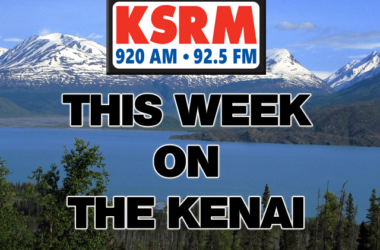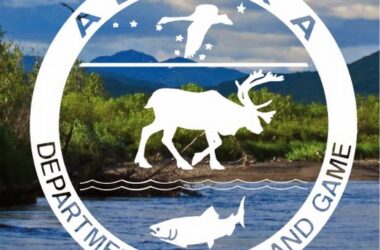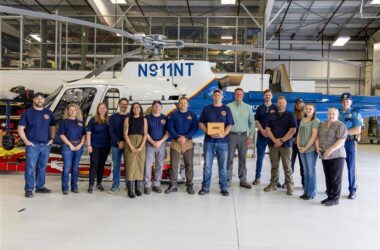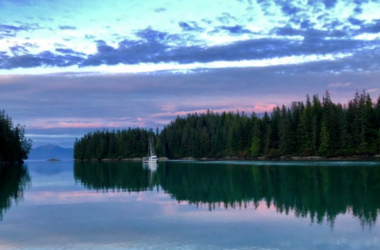 The plane crash near Moose Pass that killed two in June appears to have occurred during touch-and-go training maneuvers at Crescent Lake, per a preliminary report on the incident from the NTSB.
The plane crash near Moose Pass that killed two in June appears to have occurred during touch-and-go training maneuvers at Crescent Lake, per a preliminary report on the incident from the NTSB.
The two men killed in the crash, Col. Mark “Tyson” Sletten and Paul Kondrat, were found nearly 200 feet underwater along with the Piper-PA-Super Cub after the plane went down on June 18. The pair were on a training flight where Sletten, a seasoned fighter jet pilot, was learning to fly a float plane from instructor Kondrat.
According to the report, Two witnesses reported watching the airplane perform several touch-and-go landings near the middle of the lake. The witnesses said that as the airplane “continued a northeasterly approach for another touch-and-go,” about 400 ft above the water, “their attention was drawn to the airplane after it pitched down in a nose-low attitude and as it began a slight counterclockwise rotation before impacting the water.”
One witness recalled seeing the airplane pitch up slightly just before impact. Shortly after impact, the airplane wreckage sank below the surface of the lake.
The report says that Sletton was seated in the front seat of the aircraft and Kondrat in the rear seat, providing instruction. The pair departed Trail Lake, Moose Pass, at about 12:45 p.m. in the afternoon, with an anticipated return time of no later than 2:30 p.m. When the airplane failed to return, the operator, Alaska Float Ratings, initiated a search for the overdue airplane and found portions of floating wreckage on Crescent Lake. Search personnel from the Alaska State Troopers and Alaska Air National Guard, along with several volunteers, were dispatched to conduct an extensive search of the area and the shoreline.
According to the NTSB report, Alaska Float Ratings stated that the flight’s purpose was to provide Sletten with dual flight training as part of a single-engine sea add-on rating.
Alaska Float Ratings also revealed that the planned destination was not Crescent Lake but Bench Lake, which is about 10 miles Northeast of Crescent Lake.
NTSB Alaska Region Chief Clint Johnson said the safety board does not know why Sletten and Kondrat were at Crescent Lake. “the flight was planned for Bench Lake. We don’t know if they went [to Bench Lake] and then went over to Crescent Lake. Those details will become available as the investigation continues.”
When the aircraft was located by search and rescue teams on June 19, underwater footage from a remotely operated vehicle revealed that “the left float was liberated from the airplane” and that “the left wing exhibited damage to the inboard leading edge consistent with impact from the left float.”

According to Johnson, the damage to the float and wing is not conclusive enough to determine the cause of the crash.
“No conclusions are being drawn at this point,” Johnson said. “As far as the damage to the wing and the float, that is most likely post-impact…that was revealed from the ROV video images that we were able to get back, but again, no conclusions at this point right now.”
On June 20, the recovery teams, along with deep-water divers from the Alaska Dive Search Rescue and Recovery Team, returned to Crescent Lake. They recovered the submerged airplane wreckage and two occupants from the bottom of the lake and moved them to the shoreline.
The wreckage has been recovered to a secure facility for a detailed examination, which is pending.






